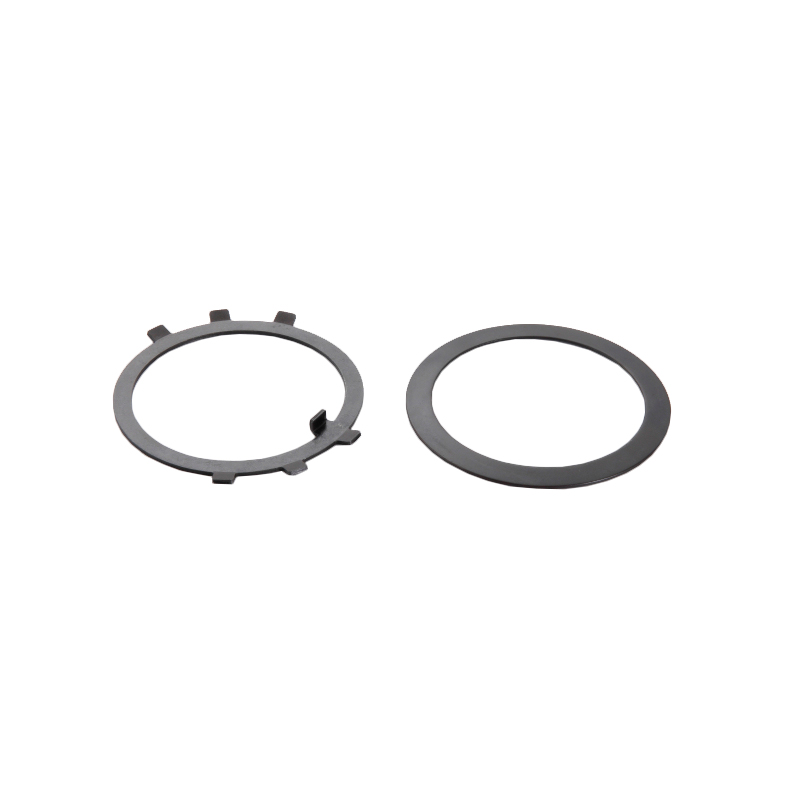How Automotive DIN 134 Flat Washers Are Made With Precision
The Automotive DIN 134 Flat Washer may seem like a simple component, but behind its unassuming appearance lies a highly controlled manufacturing process that ensures precision, durability, and compliance with industry standards. From raw material selection to quality control inspections, every step in the production of these washers plays a vital role in delivering a reliable product that enhances fastening performance in automotive applications. Understanding how these washers are made can provide valuable insight into their superior strength and consistency, which is why manufacturers invest in advanced techniques to ensure each piece meets exact specifications.
The production of an Automotive DIN 134 Flat Washer begins with the selection of high-quality raw materials, typically stainless steel, carbon steel, or alloy steel, depending on the desired strength and resistance to environmental factors like corrosion and extreme temperatures. The material is first processed into sheets or coils before undergoing stamping or laser cutting, where precision machinery cuts out the washer shape with micron-level accuracy. This step ensures consistency in outer and inner diameters, which is crucial for uniform load distribution in bolted joints. Some manufacturers use cold forming techniques to enhance the washer's mechanical properties, improving its resistance to stress and deformation under high loads.

Once the washers are formed, they undergo deburring and surface treatment processes to refine their finish and eliminate sharp edges that could compromise performance. Surface treatments such as zinc plating, black oxide coating, or passivation not only improve corrosion resistance but also enhance the friction characteristics between the washer and the fastener. This friction optimization plays a crucial role in preventing bolt loosening due to vibrations, making the Automotive DIN 134 Flat Washer an essential component in automotive applications where stability and long-term reliability are critical.
After surface treatment, the Automotive DIN 134 Flat Washer are subjected to rigorous quality control tests, including dimensional inspections, hardness testing, and load-bearing capacity evaluations. Some manufacturers employ advanced non-destructive testing techniques such as ultrasonic inspections and X-ray scanning to detect internal defects that may not be visible to the naked eye. These stringent quality control measures ensure that each washer meets the high-performance requirements of the automotive industry, preventing failures that could lead to costly repairs or safety hazards.
The final step in the manufacturing process is packaging and distribution, where washers are sorted, labeled, and prepared for shipment to automotive manufacturers, repair shops, and aftermarket suppliers. Whether used in suspension systems, engine mounts, or chassis assemblies, every Automotive DIN 134 Flat Washer plays a crucial role in maintaining structural integrity and ensuring optimal load distribution in bolted connections. The precision behind their manufacturing guarantees reliability, proving that even the smallest components can make a significant difference in automotive engineering.
And Get A Free Consultation!

 English
English 中文简体
中文简体





